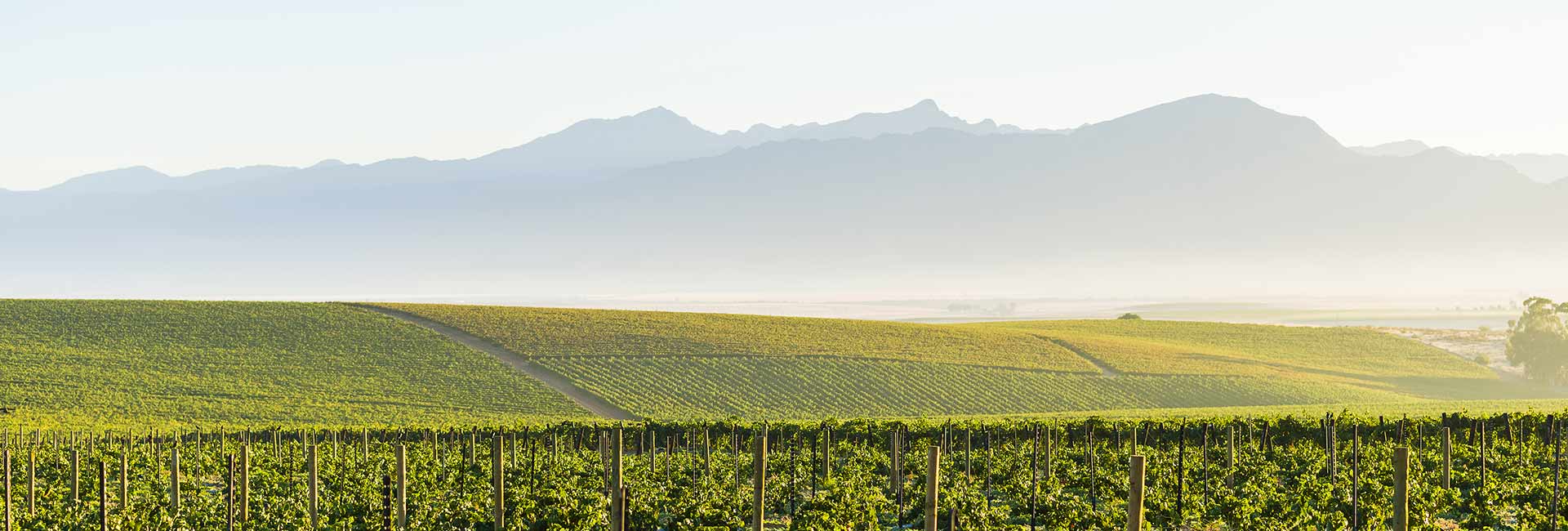The History of Japanese Winemaking: From Ancient Roots to Modern Innovation
? A Thousand Years of Viticulture in Japan
Japan’s journey into winemaking began over a millennium ago. Grapes have been cultivated in Japan since the 8th century, but for centuries, they were grown primarily for eating—not fermentation.
The real turning point came in the 16th century, when Portuguese missionaries introduced European wine to Japan. Still, it wasn’t until the Meiji Restoration (1868–1912) that Japan made meaningful efforts to develop its own wine industry.
? Yamanashi: The Cradle of Japanese Winemaking
Nestled among mountains and nourished by volcanic soil, Yamanashi Prefecture is widely recognized as the birthplace of Japanese wine. This region is the home of the Koshu grape—a pink-skinned varietal unique to Japan.
In 1874, two pioneering Japanese winemakers, Tsushima and Takano, traveled to France to master the art of winemaking. Upon their return, they established the country’s first modern wineries in Yamanashi, setting the foundation for Japan’s wine legacy.
Did You Know?
Yamanashi remains Japan’s largest and most prestigious wine-producing region. Explore more wine tours in Yamanashi.
⚗️ Trials, Innovation, and Breakthroughs
Early Japanese wines were often overly sweet and low in quality, challenged by the country’s humid climate and limited fermentation technology.
But progress came steadily:
- By the mid-20th century, wineries adopted advanced equipment.
- Viticultural techniques improved, especially around Koshu grape cultivation.
- Winemakers learned to manage Japan’s unique climate with precision.
The result? Crisp, dry white wines with delicate acidity and floral aromas—perfectly paired with Japanese cuisine.
? Modern Japanese Wines: Innovation Meets Terroir
Today, Japan’s wine industry embraces both innovation and tradition. Winemakers experiment with:
- Sparkling Koshu
- Oak-aged Chardonnay and Merlot
- Natural and orange wines
Wineries in Nagano and Hokkaido are growing international varietals like Cabernet Franc and Pinot Noir, while maintaining the elegance and subtlety Japanese wines are known for.
Many of these wines are now earning international awards and recognition for their finesse and food-friendliness.
? Why Japanese Wine Is More Than Just a Beverage
Japanese winemaking embodies the country’s cultural values:
- Craftsmanship
- Respect for nature
- Balance and harmony
It’s also at the heart of a booming wine tourism industry. Visitors can explore historic vineyards, meet artisan winemakers, and sip wine in scenic landscapes.
Explore our full range of cultural experiences in Japan.
? Explore Japanese Wine With Winery Tours Japan
Ready to experience Japanese winemaking firsthand?
Winery Tours Japan offers guided wine tours through Yamanashi and other key wine regions. You’ll:
- Visit historic wineries
- Taste award-winning Koshu and international varietals
- Learn the deep cultural story behind each bottle
? Plan your Japanese wine tour today and discover the perfect blend of tradition, terroir, and taste.





